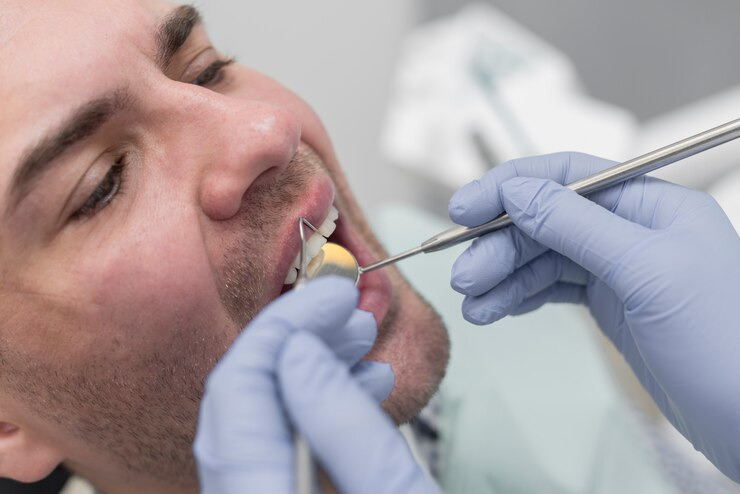What is a tooth extraction?
A dental operation called a tooth extraction Lexington KY involves entirely removing your tooth from its socket. This is sometimes referred to as “pulling” a tooth.
When is tooth extraction recommended?
When feasible, healthcare professionals prefer to preserve natural teeth. However, there are situations when additional restorative measures, like as dental crowns or fillings, are required. If your tooth has suffered severe damage that cannot be repaired, removal may be required. Having your teeth extracted may be advised by the dentist if you:
Severe tooth decay (cavities).
A fractured tooth.
An impacted tooth.
Crowded teeth.
Severe gum disease.
Tooth luxation or other dental injuries.
What are the advantages of pulling a tooth?
The benefits of tooth extraction Lexington KY are numerous. Most significantly, it lessens dangerous germs that might hurt your gums and teeth. A rotting or damaged tooth can ruin your smile and lead to other issues if it is not repaired. Your best chance for achieving ideal oral health is to have your affected tooth extracted. Additionally, if your tooth was seriously cracked or infected, an extraction can help relieve dental discomfort almost immediately.
What are the dangers or problems associated with tooth extraction?
Tooth extraction carries a modest risk of complications, much like any surgical surgery. These may consist of:
Post-surgical infection.
Dry socket.
Nerve injury.
Perforation of maxillary sinus.
Delayed healing.
How long does it take for a tooth extraction to heal?
Depending on how complicated your situation is in extraction Lexington KY. The majority of people, however, return to normal in a few of days. Within 48 to 72 hours, you can resume your normal activities, but it typically takes several weeks for the jawbone to fully recover. As a result, you’ll likely need to wait a few months to have a dental implant if you intend to replace the tooth with one.
What happens during a tooth extraction?
Your afflicted tooth and the gum tissue around it are first given topical anaesthetic to make them feel better. Your dentist will gently loosen your tooth and carefully take it out of its socket using specialist dental tools. When your tooth is severely decaying or has broken off at the gum line, your dentist may occasionally need to create incisions in your gums to have access to it. The socket is cleansed and sterilised after your tooth has been extracted. A dental bone transplant can occasionally be implanted by your dentist to help stop jaw bone loss. Finally, to aid in the healing process, stitches may be used.










